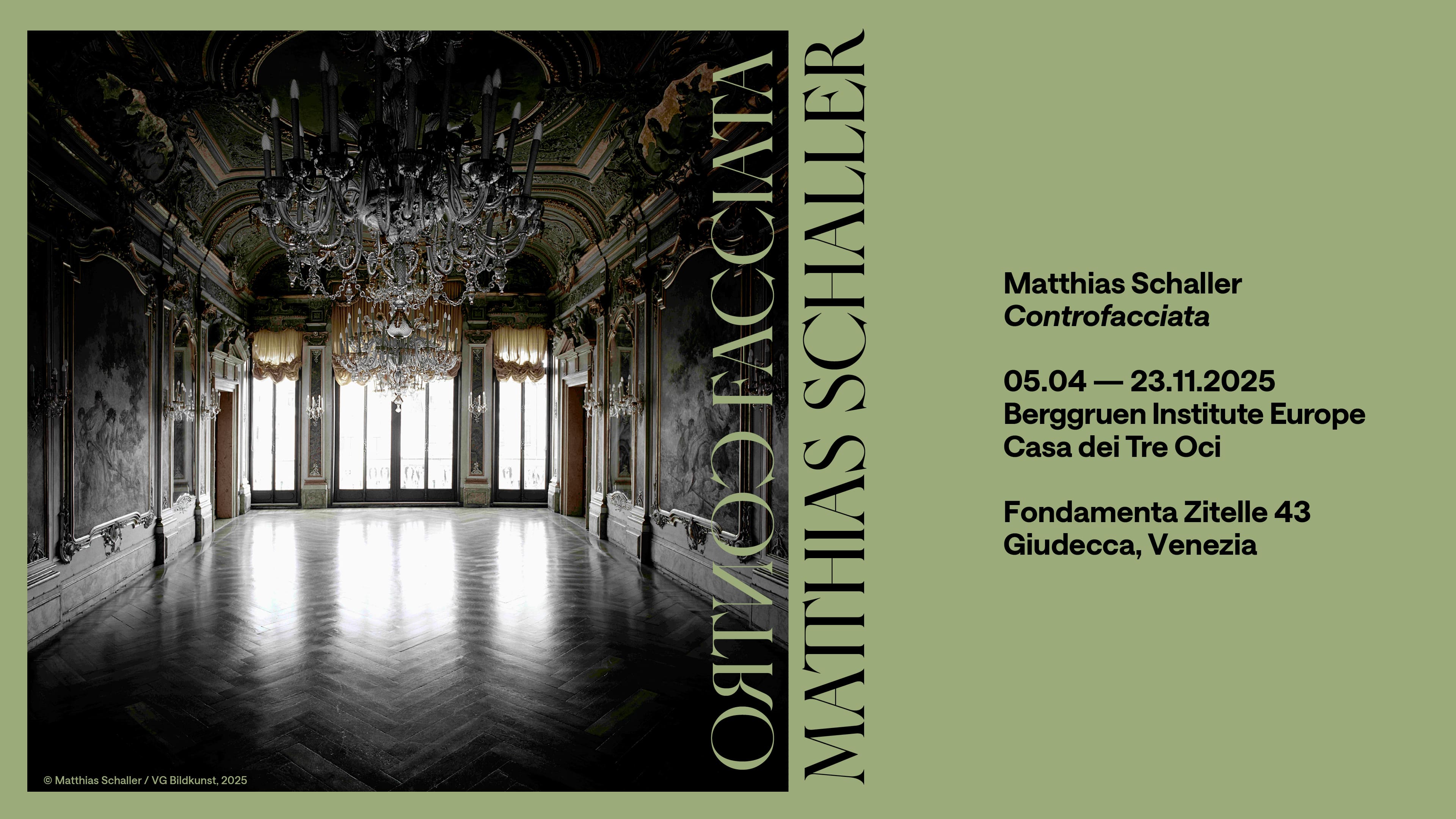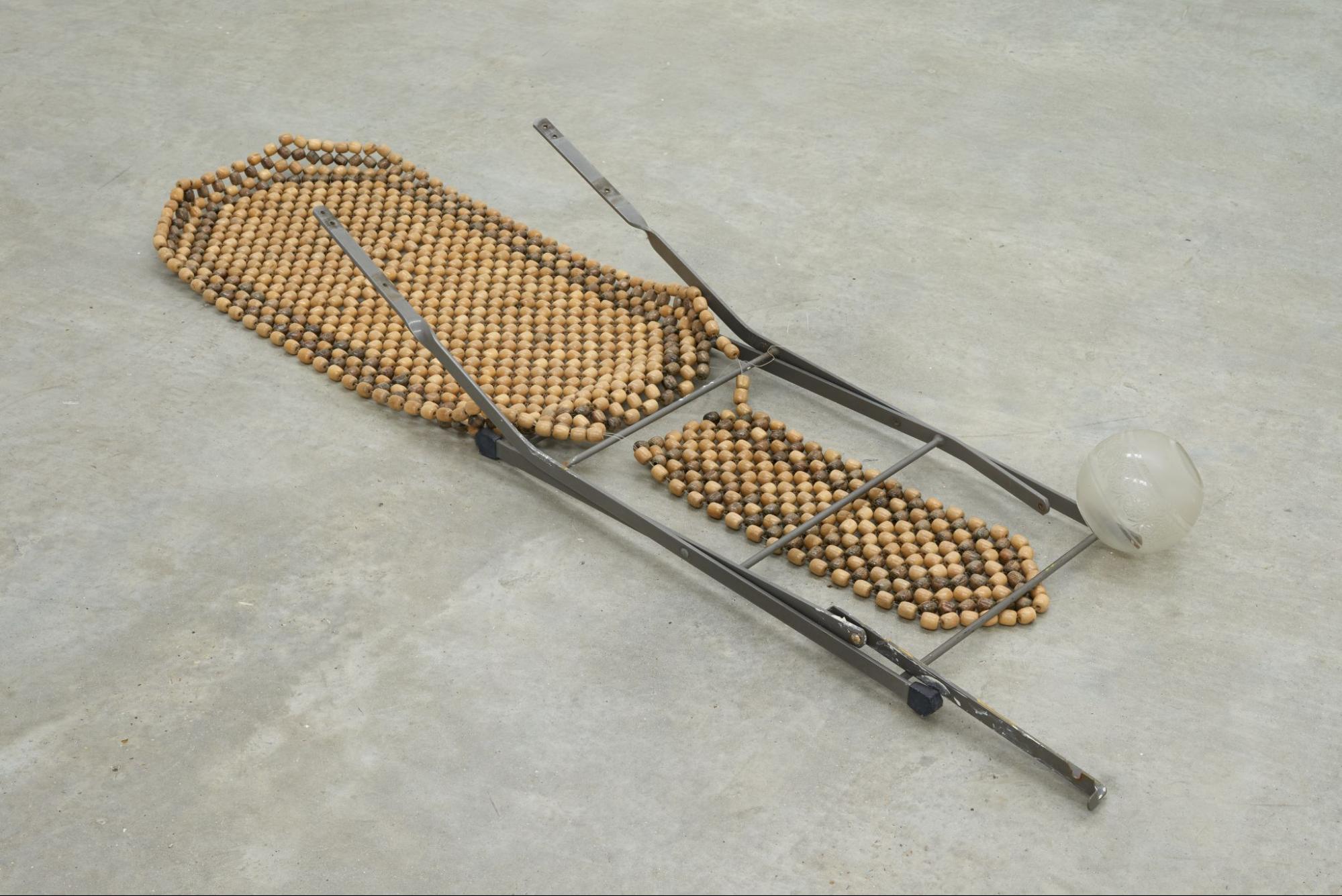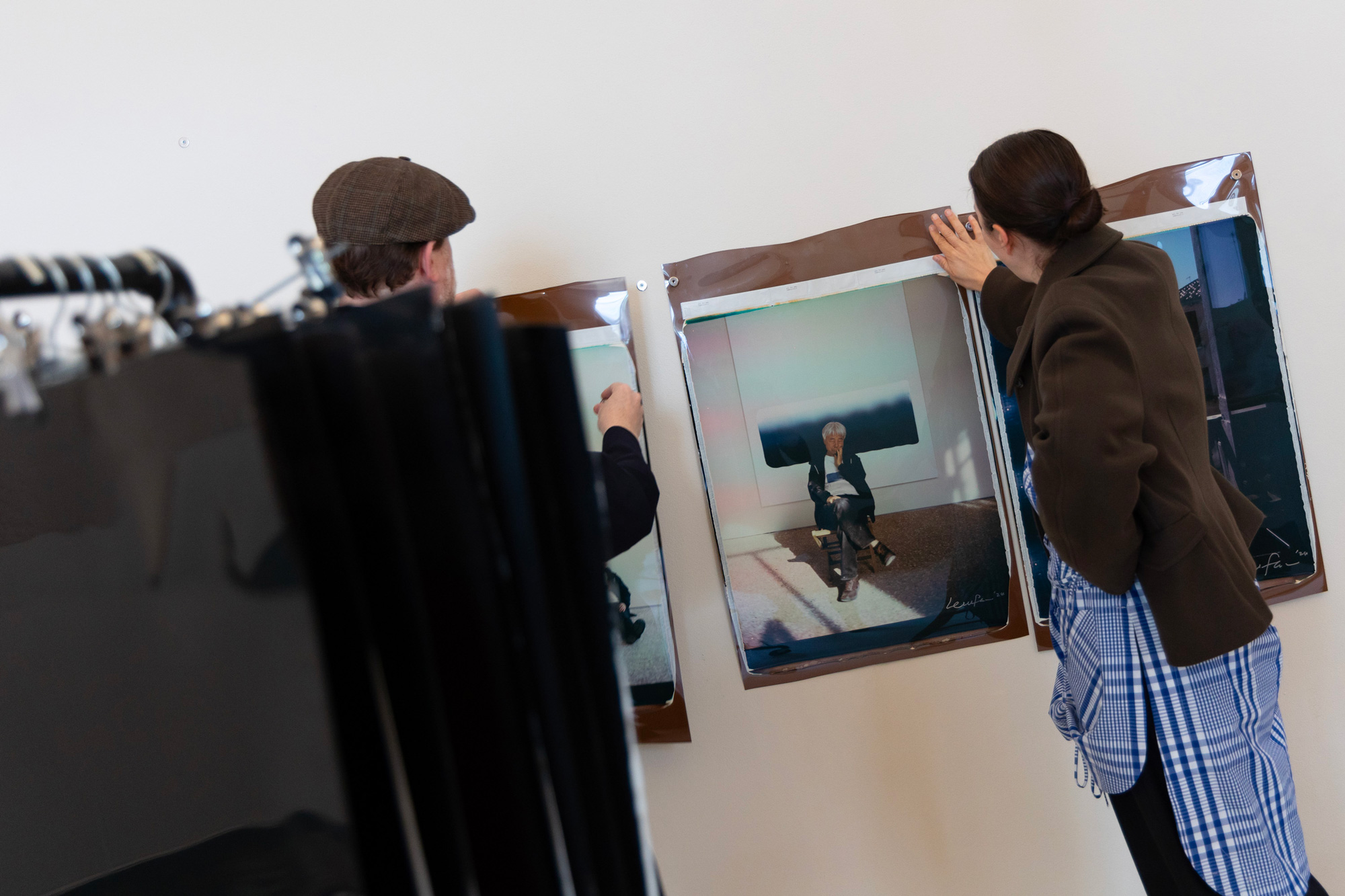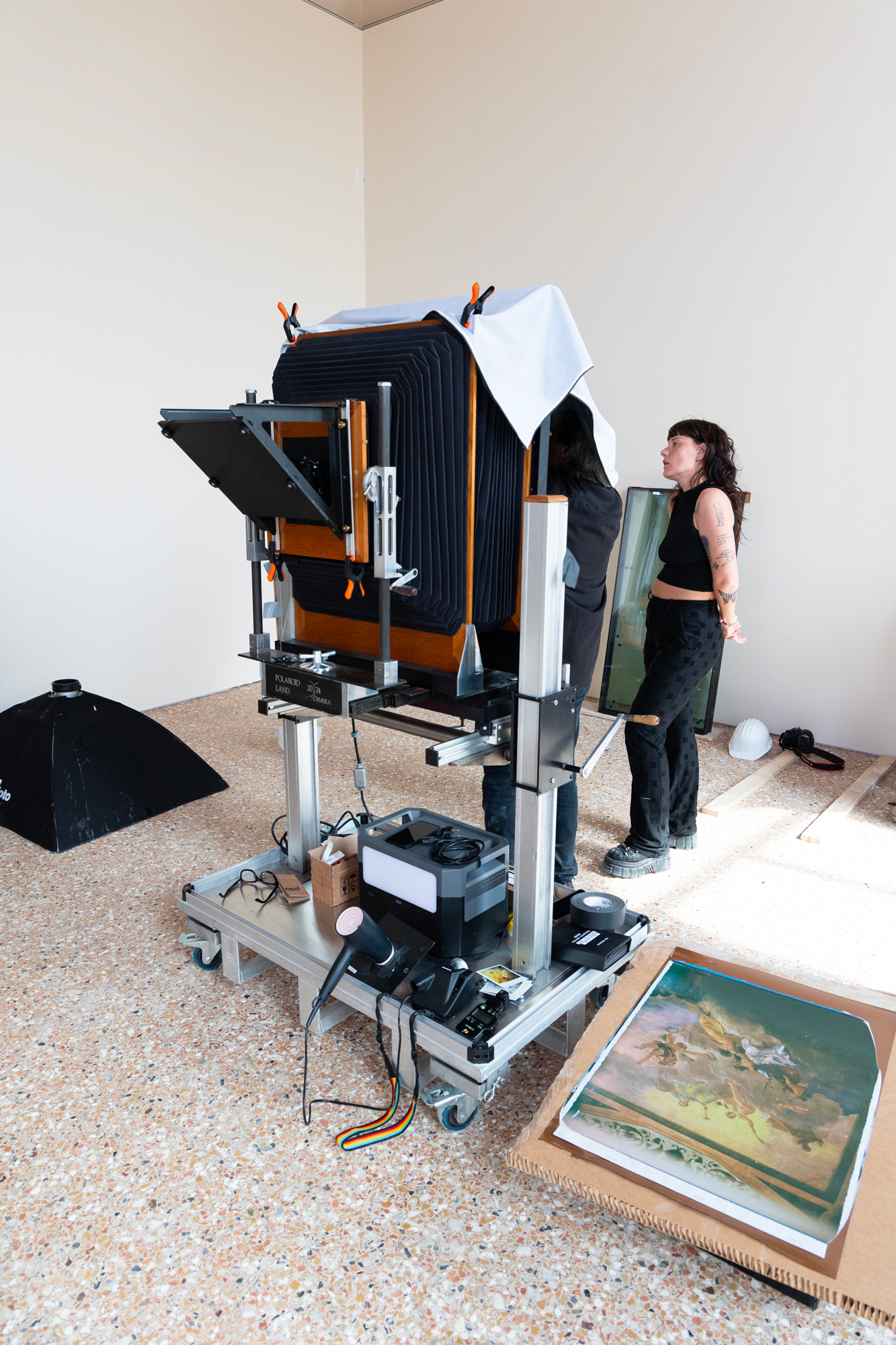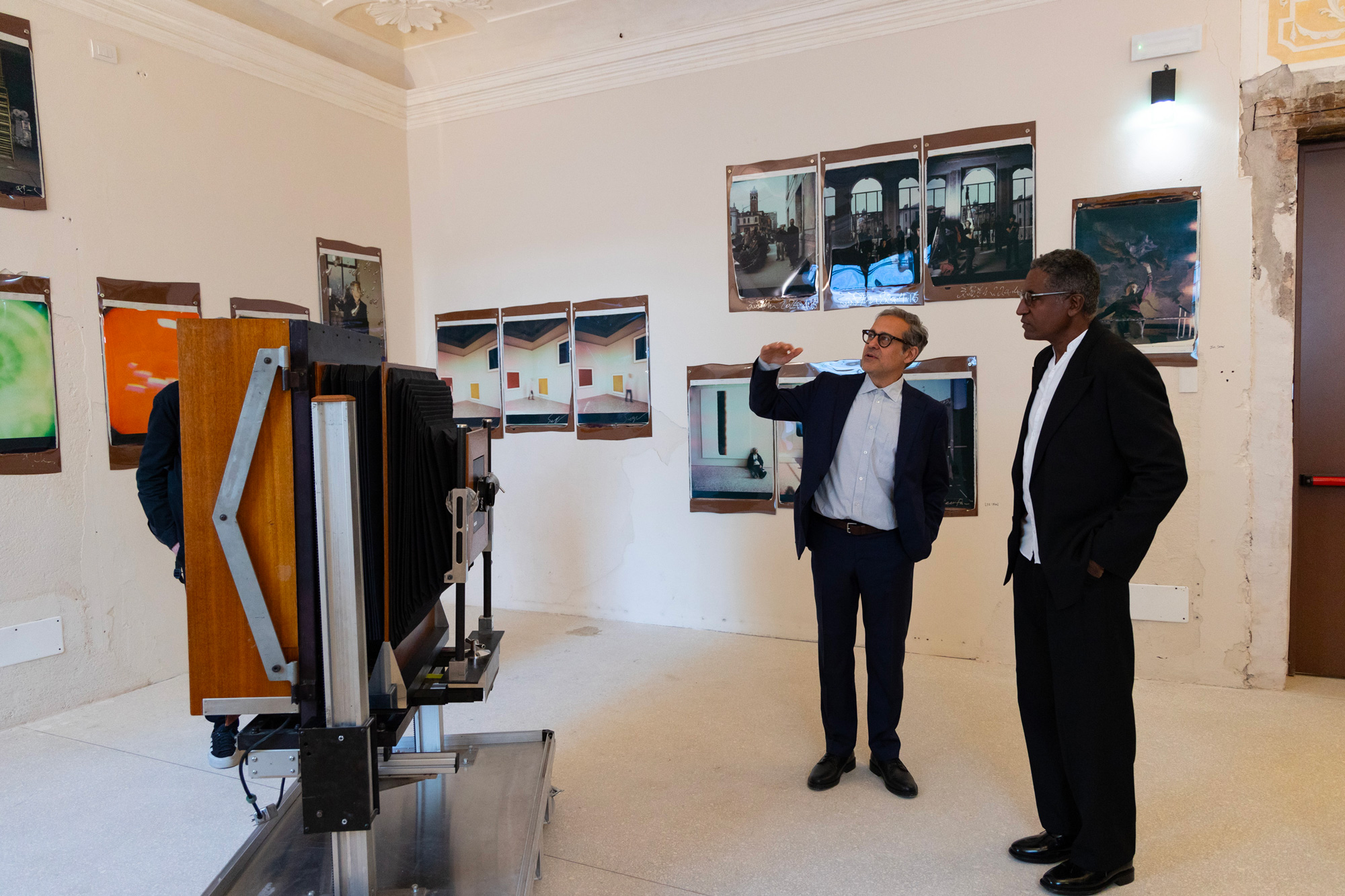The Next Earth (eng)
The Next Earth. Computation, Crisis, Cosmology
curated by Benjamin Bratton, Nicholas de Monchaux and Ana Miljacki Palazzo Diedo May 10 - November 23, 2025
-
Palazzo Diedo – Berggruen Arts & Culture is pleased to announce the exhibition The Next Earth: Computation, Crisis, Cosmology, a Collateral Event at the 19th International Architecture Exhibition – La Biennale di Venezia.
Bringing together two leading research initiatives, Antikythera’s The Noocene: Computation and Cosmology from Antikythera to AI and MIT Architecture’s Climate Work: Un/Worlding the Planet, this exhibition confronts urgent questions about our planet’s future and the role of architecture in shaping it. By juxtaposing and synthesizing planetary computation and climate-conscious architectural practice, the exhibition challenges us to rethink the scale and span of human action in relation to Earth’s systems.
-

Antikythera The Noocene Computation And Cosmology From Antikythera To AI Photo By Joan Porcel
-
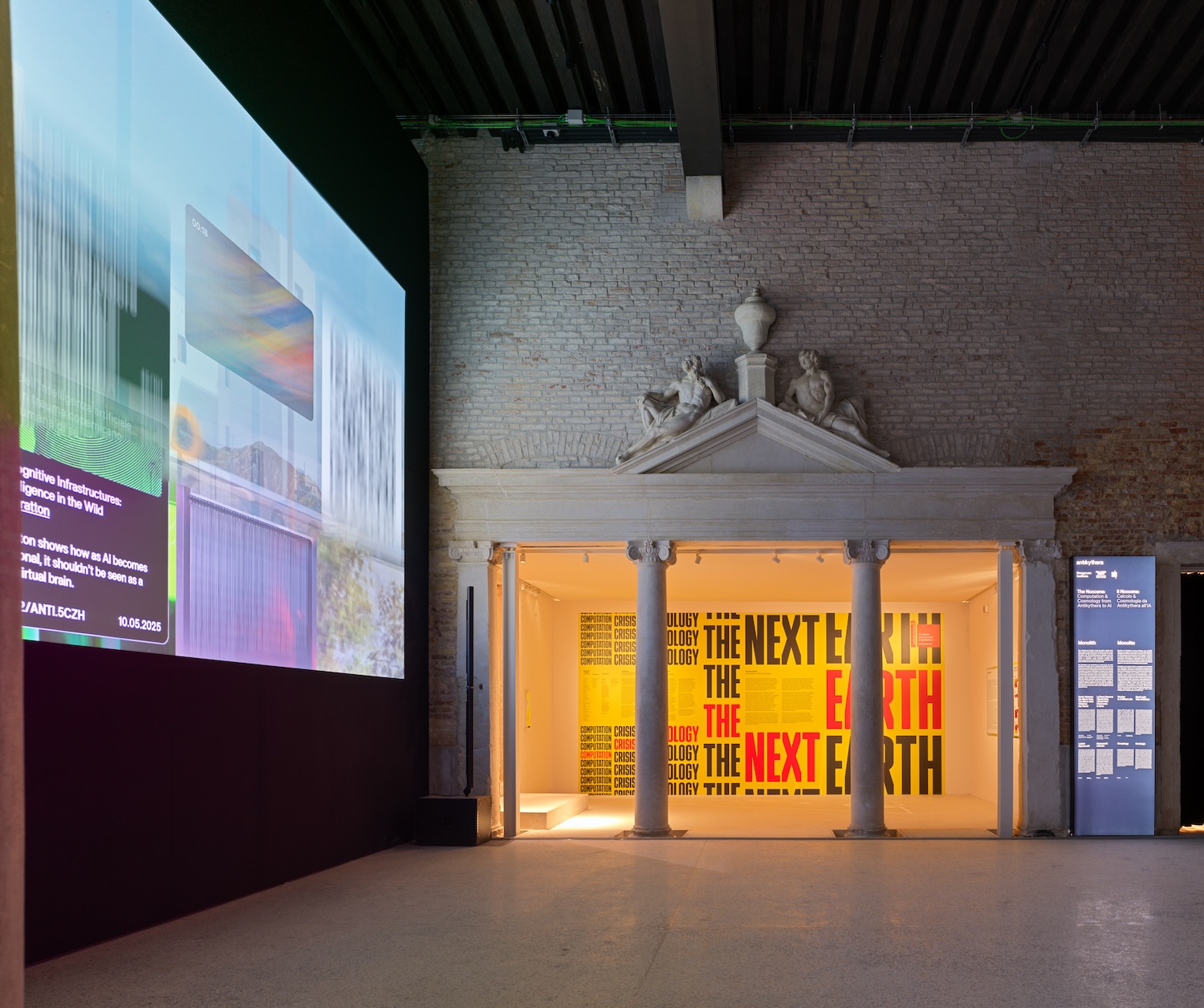
Antikythera The Noocene Computation And Cosmology From Antikythera To AI Photo By Joan Porcel
-

Antikythera The Noocene Computation And Cosmology From Antikythera To AI Photo By Joan Porcel
-

MIT Architecture Climate Work Un Worlding The Planet Photo By Joan Porcel
-

MIT Architecture Climate Work Un Worlding The Planet Photo By Joan Porcel
-
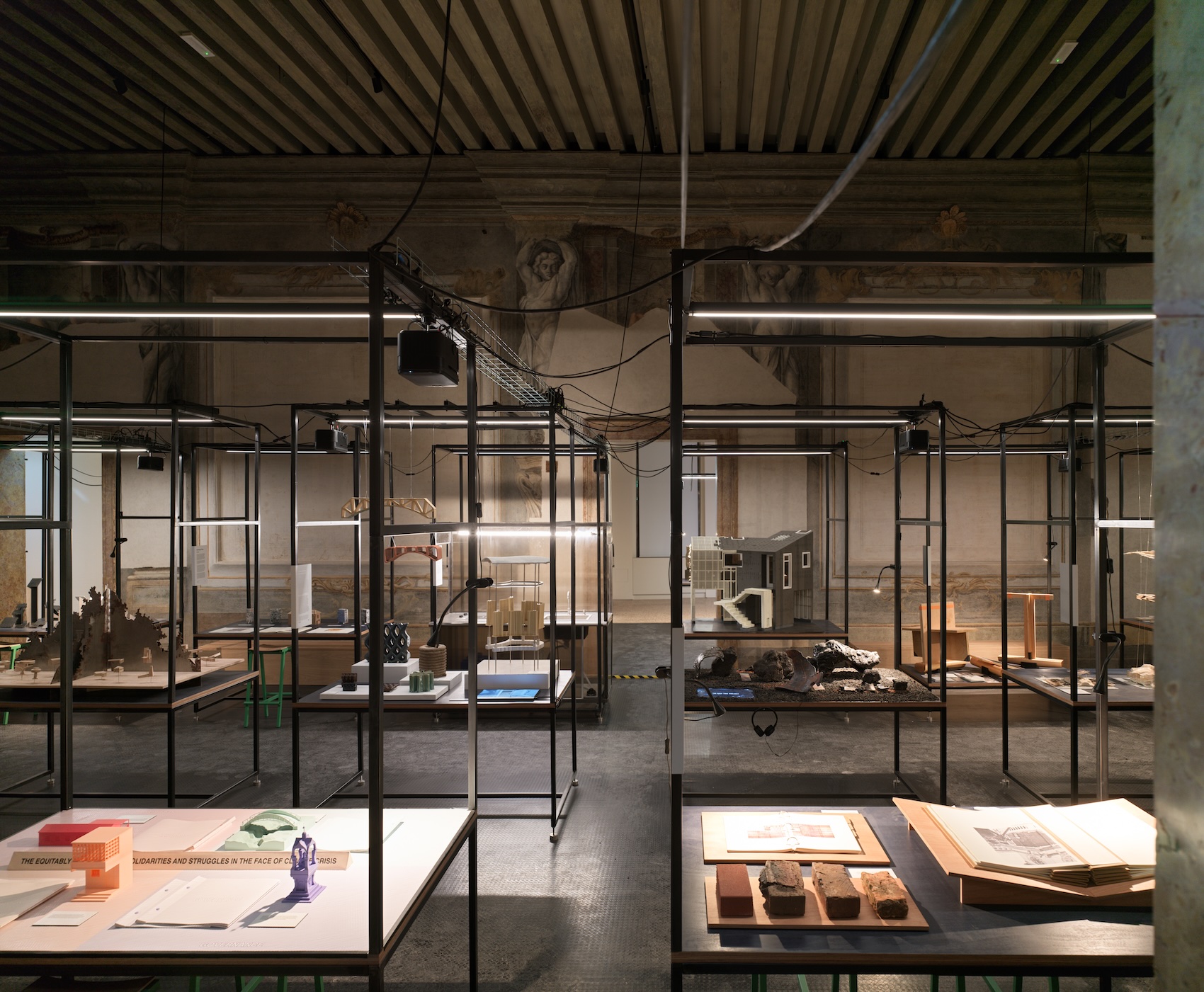
MIT Architecture Climate Work Un Worlding The Planet Photo By Joan Porcel
Spanning two floors, The Next Earth stages a conversation between Antikythera’s and MIT Architecture’s current research on climate, cosmology and computation. Antikythera examines the Earth as an evolving megastructure, through artifacts from the winding history of early Modern philosophy, astronomy and cosmology, while MIT Architecture presents a kaleidoscope of thirty-seven different samples on what it has meant and what it might mean to practice with an eye to the planetary ramifications of architecture and design.
Antikythera
The Noocene: Computation and Cosmology from Antikythera to AI
The Noosphere is the stratum of thought rising from Earth’s physical and biological layers as matter grows cognitive and partly self-aware. This planetary intelligence terraforms the planet, birthing the paradoxical Noocene: just as mind grasps its own ascent, it sees that victory might imperil its future. Computation and cosmology frame this doubleness, giving the epoch tools to read and redirect itself. Since the Antikythera mechanism (c. 200 BC), artificial computation has been cosmological instrumentation—simultaneously calculator and compass. Yet even with unmatched astronomical precision, what these numbers mean for Earth’s next composition remains undecided. Within The Next Earth, the Noocene exhibition braids that ancient device with emergent AI—“fire apes making rocks think fast”—into a fragmentary portrait of human, machinic, and planetary intelligence.
MIT Architecture
Climate Work: Un/Worlding the Planet
With building construction and operation contributing nearly 40% of global greenhouse gas emissions, and the built environment on the frontlines of climate change impact, we are at a pivotal moment in the history of architecture, and architectural research. In the last decade, MIT Architecture’s focus has centered on climate and sustainability, grounded in the department’s history and MIT’s commitment to the future. In Climate Work, MIT Architecture interrogates the creative and cognitive realignments necessary for a sustainable future. The exhibition features 37 works-in-progress by MIT faculty, each presenting a sample of a world—reimagining material supply chains, energy expenditure, modes of practice, and advances in construction. These works speculate on how architecture relates to, and actively reconfigures the planet, offering new paradigms for shaping, narrating, computing, and rebuilding our world.
Read more …The Next Earth (eng)
- Hits: 9502

